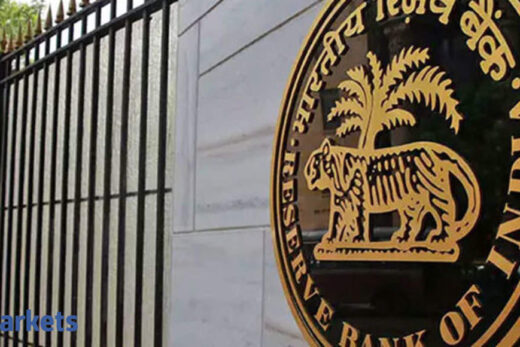A floating rate fund mainly invests in either floating rate instruments or in fixed coupon instruments that are converted to floating rate by using swaps/overnight index swap (OIS). “As and when the yields in our economy change, floater funds will re-adjust their yields more or less in line with the prevailing yields. Going forward we are expecting the RBI to normalize policy rates by hiking interest rates in the near future thus many bonds will face mark to market volatility impacting their overall returns. Also, the 10-year Indian bond yield has shot up from its 52-week lows from around 5.8% to 6.4% on various domestic and global factors. Keeping this in mind to take advantage of the rising yields it makes sense for investors to venture into floater products,” says Rushabh Desai, an Amfi-registered mutual fund distributor based in Mumbai.
Floater funds have offered 4.83% returns in the last one year which is more than any other debt fund category except credit risk funds and medium duration funds. Even the favourites of the season- banking & PSU funds and corporate bond funds – have not fared better than these schemes. The toppers in the category like ICICI Pru Floating Interest Fund and Kotak Floating Rate have delivered 6.58% and 5.96% returns in one year.
“There are some reasons why floating rate funds are better placed at this point. The short-term rates are really low. Due to rising inflation, there is a fear that the short-term rates could rise causing volatility in debt funds. In a possible rising rate scenario the short term funds can face challenges. However, when and whether the rates will rise is uncertain as of now so moving to the longer-term funds is also not an option. This is where a dynamic fund like floater fund comes handy. These funds minimise your risk of duration play. They are in a way flexible and nimble. They operate in OIS (overnight interest swaps) so you get slightly better returns than short-duration funds right now and also minimise your risk of the rates suddenly rising,” says Santosh Joseph, Founder, Germinate Wealth Solutions, a wealth management firm based in Bengaluru.
Floating rate funds category received the highest inflows within the debt mutual fund category in the past three months as investors believe the interest rate cycle is set to reverse. Since most floating rate funds have an average duration of 0.5-1.5 years, the mark to market risk in these schemes is low. However, these schemes are not risk free.
“Investors should keep in mind that these funds are not credit risk proof thus it is advisable to choose high credit quality funds. Also, there are not a lot of actual floating rate bonds in our country thus the fund manager ventures into interest rate swaps. Floater funds are not completely free from interest rate risk also. The fund manager needs to be very precise and timely execute the interest rate swaps. I recommend investors to stick with shorter maturity funds in the range of one to one and a half years which can help reduce the mark to market hit. Investors can allocate some portion and use this category as a tactical call till the interest rates stabilize in our economy. Investors should match their time horizon with the maturity profile of the fund. Those investors who do not understand the functioning should either seek help or not venture into tactical bets,” says Rushabh Desai.



